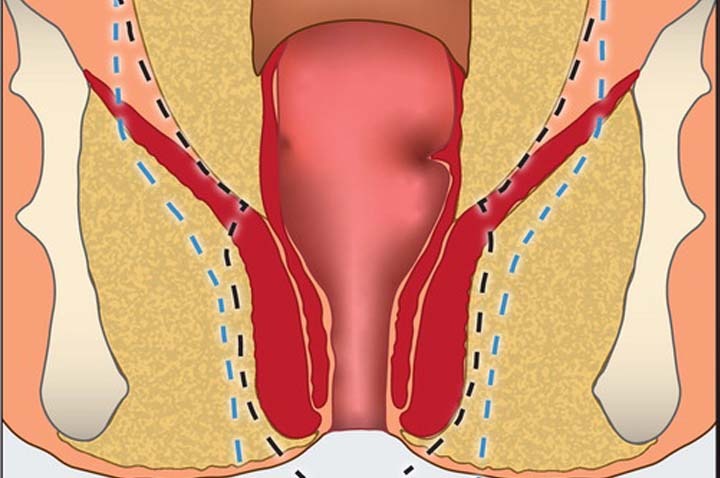


Perineal reconstruction is the rebuilding of damaged or deformed tissue between the genitals and anus. The goal of this surgery is to correct perineal descent as well. It is so that the functional vaginal introitus increases. The restored pelvic outlet helps in relieving the stress pressures. Perineal reconstruction is indicated when the anticipated defect is large and cannot be enclosed with simple sutures. Hence, it is performed to close defects and restore the perineal function. After this surgery, there are no defects, and there is the restoration of perineal functions. It may also include penile or vaginal reconstruction.
Perineal reconstruction surgery takes place to bring the anus into its normal position. The goal of this surgery is to correct perineal descent as well. It is so that the functional vaginal introitus increases. The restored pelvic outlet helps in relieving the stress pressures also.
Doctors recommend this procedure when there is a large defect and is not perfect with stitches. After this surgery, there are no defects, and there is the restoration of perineal functions. Vaginal or penal reconstruction is also included in this surgery.
This surgery mainly takes place for congenital and acquired deformities or restoration as well. Doctors recommend this surgery following surgery after cancer in the urinary and genital parts of the body. Furthermore, the surgeons first assess the different statuses of the body.
Some are nutritional status, nature, and degree of the perineal wounds, blood parameters, defects, and function of the perineal. Cancer ablation is one of the traumatic procedures which doctors assess by this procedure as well. The surgeons decide the need for a particular flap according to the assessment.
The reconstruction is a choice between the pudendal flap which is used for smaller defects. Doctors also use the regional flap which is for larger defects. The selection of the flap depends upon different factors.
Some of them are the size and shape of the defects, donor site availability, choice of the patient, surgeon expertise, previous treatments. Bilateral gracilis flaps provide muscle skin whereas tensor fascia lata or VRAM flaps provide plenty of skin. The compromisation of vascularity of possible flap is for previous operations and also radiotherapy.
Surgeons consider intraoperative patient positioning as well. If unilateral/bilateral IGAP flaps are used the supine patient will have to be rotated. The rotation is done into a prone position or a lateral decubitus. There will also be restrictions in the option of thigh flaps and VRAM if the patient has to remain supine during the procedure.
The flap is a kind of tissue that gets a lift from the site of a donor to the site of the defect. Also, the doctors perform this with an intact supply of blood. Types of flaps include:
Many such regions of the body are also ideal as flaps for the perineal reconstruction procedure. Furthermore, the assessment of the defect helps in selecting the choice of the flaps.
The options of flaps are :
Risks with perineal reconstruction include:
Surgeons also ask to avoid this surgery to people suffering from the vascular disease in the lower limbs. It is because this may cause complications like:
The recovery time also varies depending upon the condition of the patient. Pain, post-surgical swelling, bruising lasts for a week or two also. Patients can walk comfortably after five to seven days of the surgery as well.
Patients can resume sexual intercourse and exercise after four to six weeks of the surgery. Sometimes patients may also feel tired and weak in the first six weeks. Doctors also recommend regular follow-up to monitor the healing.

